Ditapis dengan
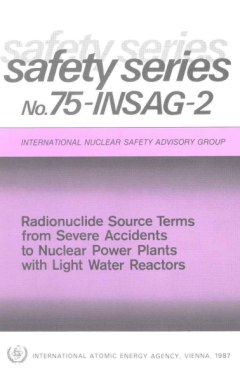
Safety Series No.75-INSAG-2 Radionuclide Source Terms From Severe Accidents t…
Nuclear power plants of the light water reactor (LWR) type are so designed and operated that no accident reasonably considered to be possible would release significant amounts of fission products to the environment. It follows that rare improbable events such as severe accidents would provide the only potentially significant contribution to adverse human health effects. The potential for such s…
- Edisi
- -
- ISBN/ISSN
- -
- Deskripsi Fisik
- -
- Judul Seri
- -
- No. Panggil
- -

Concepts of Modern Physics, Sixth Edition
Modern Physics is the most up-to-date, accessible presentation of modern physics available. The book is intended to be used in a one-semester course covering modern physics for students who have already had basic physics and calculus courses. The balance of the book leans more toward ideas than toward experimental methods and practical applications because the beginning student is better served…
- Edisi
- 7th edition
- ISBN/ISSN
- 007-244848-2
- Deskripsi Fisik
- xiii, 542p. :ill.; 26cm
- Judul Seri
- -
- No. Panggil
- 530 Gei c
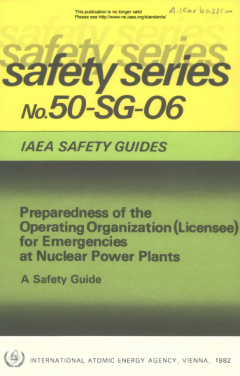
IAEA Safety Guides.Safety Series No.50-SG-06.Preparedness of the Operating Or…
This Safety Guide was prepared as part of the Agency’s programme, referred to as the NUSS programme, for establishing Codes o f Practice and Safety Guides relating to nuclear power plants. It supplements the Code of Practice on Safety in Nuclear Power Plant Operation, including Commissioning and Decommissioning (IAEA Safety Series No. 50-C-0), hereinafter referred to as the Code. The Provisio…
- Edisi
- -
- ISBN/ISSN
- -
- Deskripsi Fisik
- -
- Judul Seri
- -
- No. Panggil
- -
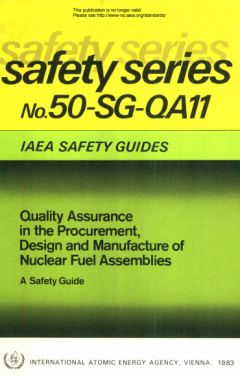
Safety Series No. 50 - SG - QA11. IAEA Safety Guides. Quality Assurance In Th…
The IAEA Code of Practice on Quality Assurance for Safety in Nuclear Power Plants (IAEA Safety Series No. 50-C-QA), hereinafter referred to as the Code, and the Safety Guides on Quality Assurance identify the requirements for establishing and implementing an overall quality assurance programme for all activities affecting the quality of a nuclear power plant.
- Edisi
- -
- ISBN/ISSN
- -
- Deskripsi Fisik
- -
- Judul Seri
- -
- No. Panggil
- 621.8 Iaeq
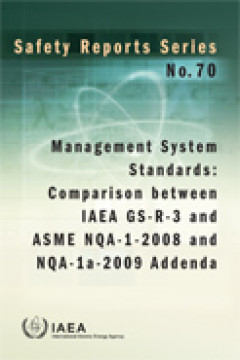
MANAGEMENT SYSTEM STANDARDS: COMPARISON BETWEEN IAEA GS-R-3 AND ASME NQA-1-20…
This Safety Report compares the requirements of IAEA Safety Standards Series No. GS-R-3, The Management System for Facilities and Activities, and the American Society of Mechanical Engineers (ASME) Quality Assurance Requirements for Nuclear Facility Applications (ASME NQA-1-2008, NQA-1a-2009). It identifies the similarities and differences between them and provides information and guidance to a…
- Edisi
- -
- ISBN/ISSN
- 9789201208101
- Deskripsi Fisik
- 76 pages, 24 cm
- Judul Seri
- Safety Reports Series 70
- No. Panggil
- -
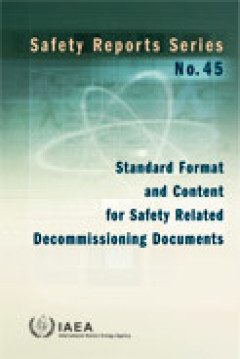
Standards Format and Content for Safety Related Decommisioning Document
This report provides information on the content and format for decommissioning plans and supporting safety related documents. Its scope includes information that is relevant to all types of nuclear facilities, ranging from nuclear power plants and reprocessing facilities to university laboratories and manufacturing plants. The report will be of interest to decommissioning planning engineers, pr…
- Edisi
- -
- ISBN/ISSN
- -
- Deskripsi Fisik
- 64 p. : Illus. ; 24 cm
- Judul Seri
- Safety Reports Series No. 45
- No. Panggil
- -
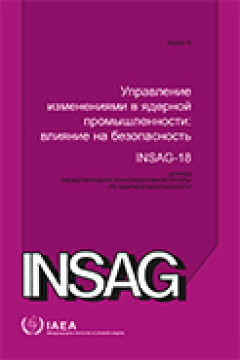
Managing Change in the Nuclear Industry: The Effects on Safety
This INSAG report is written for members of boards of directors and senior executives who are responsible for the overall safety of an installation, who make decisions for change, and who implement those decisions. It is also written for senior regulators who, on behalf of the public, ensure that boards of directors and executives meet their responsibilities for safety. The report discusses how…
- Edisi
- -
- ISBN/ISSN
- 9201134037 / 10252169
- Deskripsi Fisik
- 12 p. : Illus. ; 24 cm
- Judul Seri
- INSAG-18
- No. Panggil
- -
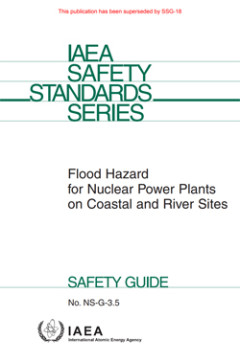
Flood Hazard for Nuclear Power Plants on Coastal and River Sites
This Safety Guide discusses the phenomena, both natural and human induced, that may cause floods or droughts at coastal and river sites, and gives an outline of the methods that can be used for, and the critical factors involved in, the evaluation of such events and of their associated effects. Possible combinations of two or more phenomena that can give rise to flooding at a site are also disc…
- Edisi
- -
- ISBN/ISSN
- -
- Deskripsi Fisik
- 83 p. : illus. ; 29,5 cm
- Judul Seri
- Safety Standards Series No. NS-G-3.5
- No. Panggil
- 621.48 IAE f
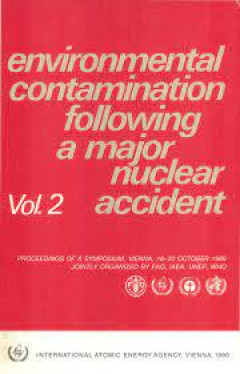
Environmental Contamination Following a Major Nuclear Accident, Vol. 1: Proce…
Proceedings of a symposium jointly organized with FAO, UNEP and WHO, Vienna, 16–20 October 1989. Scientific research on the after-effects of the Chernobyl accident on the environment and on human health has provided new data pertaining to large scale contamination. Papers at the symposium covered a wide range of subjects, including monitoring of radioactive contaminants in the environment, le…
- Edisi
- -
- ISBN/ISSN
- -
- Deskripsi Fisik
- -
- Judul Seri
- -
- No. Panggil
- -
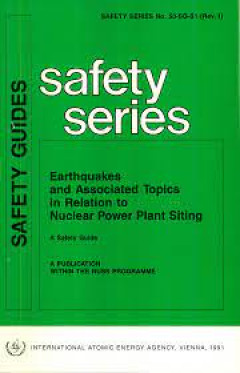
Earthquakes And Associated Topics In Relation To Nuclear Power Plants Siting,…
This Safety Guide was prepared as part of the Agency's programme for establishing Codes and Safety Guides relating to nuclear power plants. The main purpose of the text is to provide guidance on the determination of the design basis ground motions for a nuclear power plant at a chosen site and on the determination of the potential for surface faulting at that site. Additionally, the Guide discu…
- Edisi
- -
- ISBN/ISSN
- -
- Deskripsi Fisik
- 60 p. : illus. ; 24 cm
- Judul Seri
- Safety Series No. 50-SG-S1 (Rev.1)
- No. Panggil
- -
 Karya Umum
Karya Umum  Filsafat
Filsafat  Agama
Agama  Ilmu-ilmu Sosial
Ilmu-ilmu Sosial  Bahasa
Bahasa  Ilmu-ilmu Murni
Ilmu-ilmu Murni  Ilmu-ilmu Terapan
Ilmu-ilmu Terapan  Kesenian, Hiburan, dan Olahraga
Kesenian, Hiburan, dan Olahraga  Kesusastraan
Kesusastraan  Geografi dan Sejarah
Geografi dan Sejarah